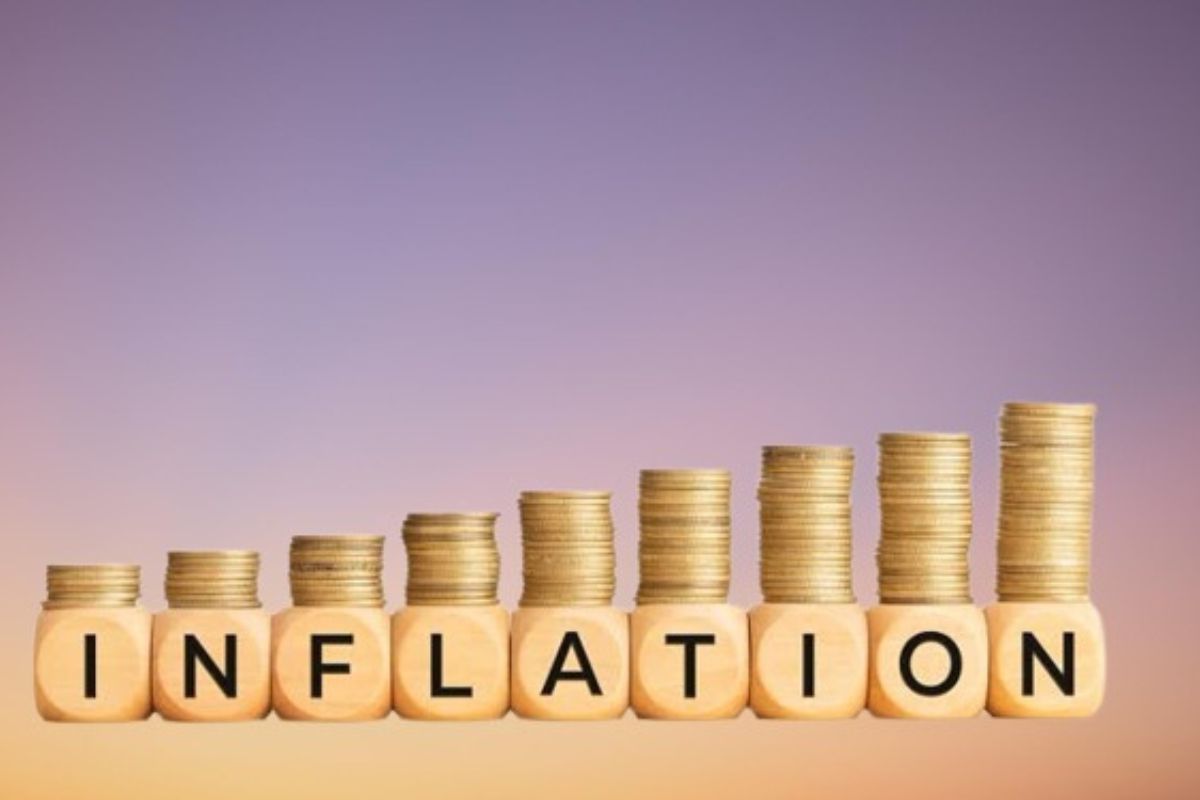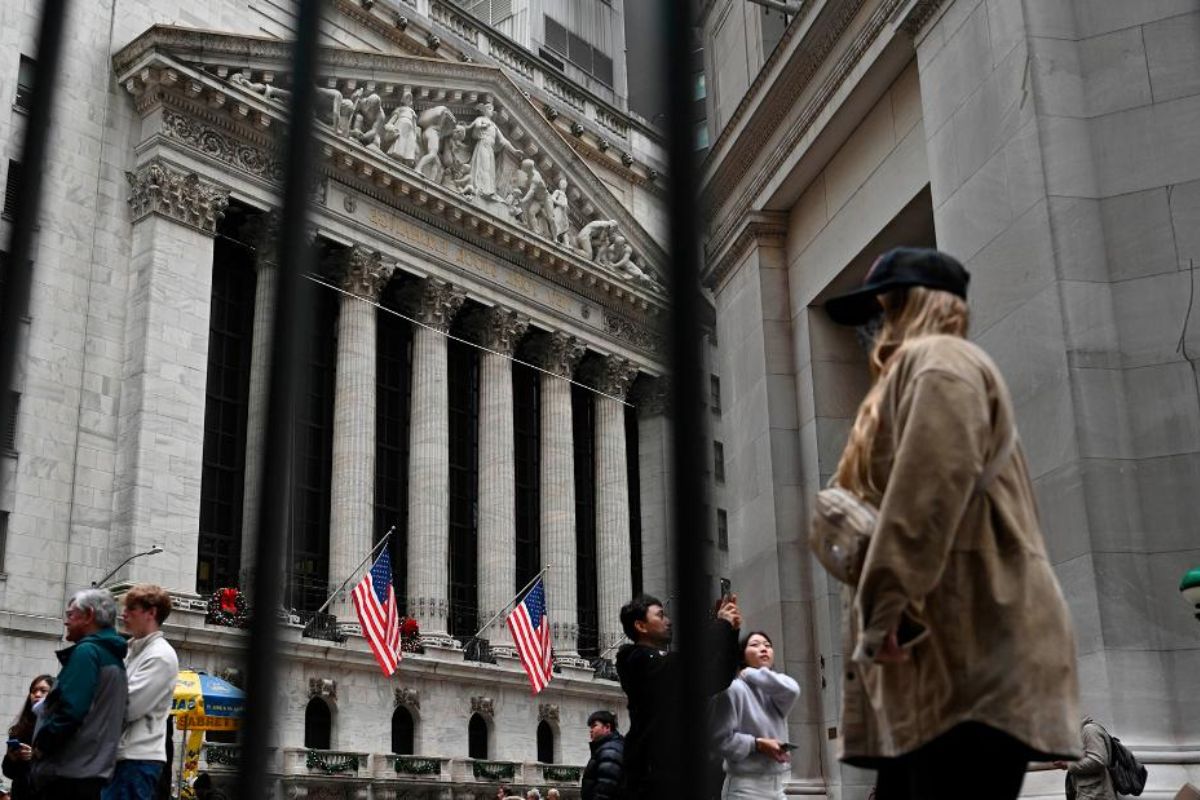US Consumer Price Revisions: The unveiling of US consumer price revisions has sent shockwaves through financial markets, revealing a perplexing blend of inflationary signals that have left experts scratching their heads.
As the CPI data undergoes scrutiny and methodological adjustments, the true extent of inflation trends is proving to be a complex puzzle with no easy solutions.
With future inflation expectations hanging in the balance, the implications of these mixed signals on economic policy and market stability remain uncertain, leaving investors and analysts on edge as they navigate the turbulent waters of inflation forecasting.
Key Takeaways
- Recent CPI revisions show mixed trends with lower December increase and slight upticks in October and November.
- Market reactions remain subdued with Wall Street stocks trading higher and stable dollar against major currencies.
- Core CPI and PCE measures reveal minor adjustments in goods prices and downward revisions in services costs.
- Methodology updates in CPI calculation reflect shifting consumer spending patterns for more precise inflation measures.
Inflation Data Revisions: Insights into Consumer Price Index (CPI) Changes
The Labor Department’s annual revisions to the Consumer Price Index (CPI) data provide crucial insights into the ever-evolving landscape of inflation trends. The recent revisions for December revealed a mixed bag, showcasing a lower-than-reported increase in consumer prices. However, the adjustments for October and November displayed slight upticks, painting a nuanced picture of inflation.
Also Read: US Consumer Prices Defy Expectations, Nudging Fed Away from Rate Cuts
Despite these variations, the overall inflation trajectory remains stable, with a steady growth pattern following the 2022 surge. These revisions underscore the complexity of measuring inflation accurately and highlight the need for vigilance in interpreting economic data. Investors and policymakers must navigate these subtle shifts to make informed decisions amidst the ever-changing inflation scenario.
Impact on Financial Markets: Reaction to CPI Data Revisions
Investors braced for a seismic shift in financial markets following the highly anticipated CPI data revisions, only to find a subdued reaction that left many questioning the impact of inflation adjustments on market dynamics. Despite the hype surrounding the revisions, the actual effect on financial markets was far from the anticipated chaos. Wall Street saw stocks trading higher, the dollar remained steady against major currencies, and U.S. Treasury prices declined as markets speculated potential Federal Reserve interest rate cuts. This tepid response has left analysts perplexed, showcasing the complex interplay between economic data revisions and market reactions.
| Financial Market | Reaction to CPI Data Revisions |
|---|---|
| Stocks | Traded higher |
| Dollar | Stable against major currencies |
Core CPI and PCE Measures: Analysis of Inflationary Pressures
Analyzing the Core CPI and PCE measures reveals crucial insights into the underlying inflationary pressures shaping the economic landscape. Despite modest changes in inflation rates, the revisions to the core CPI excluding food and energy have sent shockwaves through the financial world.
Core goods prices experiencing only minor adjustments while services costs were revised downward for November and December have raised eyebrows among economists. These adjustments challenge the conventional wisdom that strong economic growth and employment levels are not fueling inflation acceleration.
The data paints a complex picture of inflation dynamics, leaving experts and market participants scrambling to reassess their strategies in the face of this new reality.
- Core CPI revisions spark uncertainty in financial markets.
- Services costs decrease challenges Federal Reserve’s assessment.
- Economists reevaluate inflationary expectations in light of revisions.
- Complex inflation dynamics reshape economic landscape.
Methodology Updates: Changes in CPI Calculation and Spending Weights
Revisions in the methodology for calculating the Consumer Price Index (CPI) have stirred controversy and intrigue within economic circles, particularly with the adjustments made to spending weights and CPI calculations. The recent changes, effective from January, have seen housing, especially rents, receive a higher weighting, while transportation’s share has been diminished. Moreover, modifications to the calculation of used cars and trucks prices have been implemented. These adjustments mirror the shifting patterns in consumer expenditure and are designed to offer more precise measures of inflation.
| Category | Weighting Adjustment |
|---|---|
| Housing | Increased |
| Transportation | Decreased |
| Used Cars and Trucks | Calculation Updated |
| Overall Impact | Reflects Consumer Trends |
Future Inflation Expectations: Forecasting Trends and Risks
Future Inflation Forecasts: A Tumultuous Road Ahead for Economic Predictions
- Brace for Impact: Expect Volatility in Inflation Rates
- The Crystal Ball Dilemma: Uncertainty Shrouds Long-Term Predictions
- Factors at Play: Global Events, Supply Chain Disruptions, and Policy Changes
- Inflation War Room: Strategizing for Potential Economic Fallout
The future of inflation is a stormy sea, with waves of unpredictability crashing against the shores of economic forecasts. As experts grapple with the looming specter of inflation, the only certainty is the uncertainty that lies ahead.
Will the CPI trends stabilize, or are we on the brink of a price surge tsunami? Only time will tell, but one thing is for sure – buckle up, because the ride ahead promises to be anything but smooth.
Conclusion Of US Consumer Price Revisions
The unveiling of mixed inflation trends in US consumer price revisions has left financial markets in a state of uncertainty. With changes in CPI calculation and spending weights, the future inflation expectations remain unpredictable.
The impact on financial markets has been significant, highlighting the need for a closer analysis of core CPI and PCE measures. As the methodology updates continue to shape inflation data revisions, forecasting trends and risks becomes more challenging than ever before.
Our Reader’s Queries
Q1 What is the inflation update in USA?
A The current US inflation rate stands at 3.35%, surpassing last month’s 3.14% and lower than the 6.45% recorded last year. This exceeds the long-term average of 3.28%. The US inflation rate represents the percentage by which the cost of a selected basket of goods and services in the US rises within a year.
Q2 How can changes in the Consumer Price Index CPI affect inflation?
A Fluctuations in the Consumer Price Index (CPI) indicate shifts in the overall price levels within the economy. An upward shift in the CPI signifies a rise in the average price changes over a specific period, triggering adjustments in both the cost of living and income. This process is commonly known as indexation.
Q3 What was inflation in 2023 usa?
A In the conclusion of 2023, consumer prices in the United States experienced an annual increase of 3.4%, marking the end of a year characterized by significant strides in addressing persistently high inflation.




